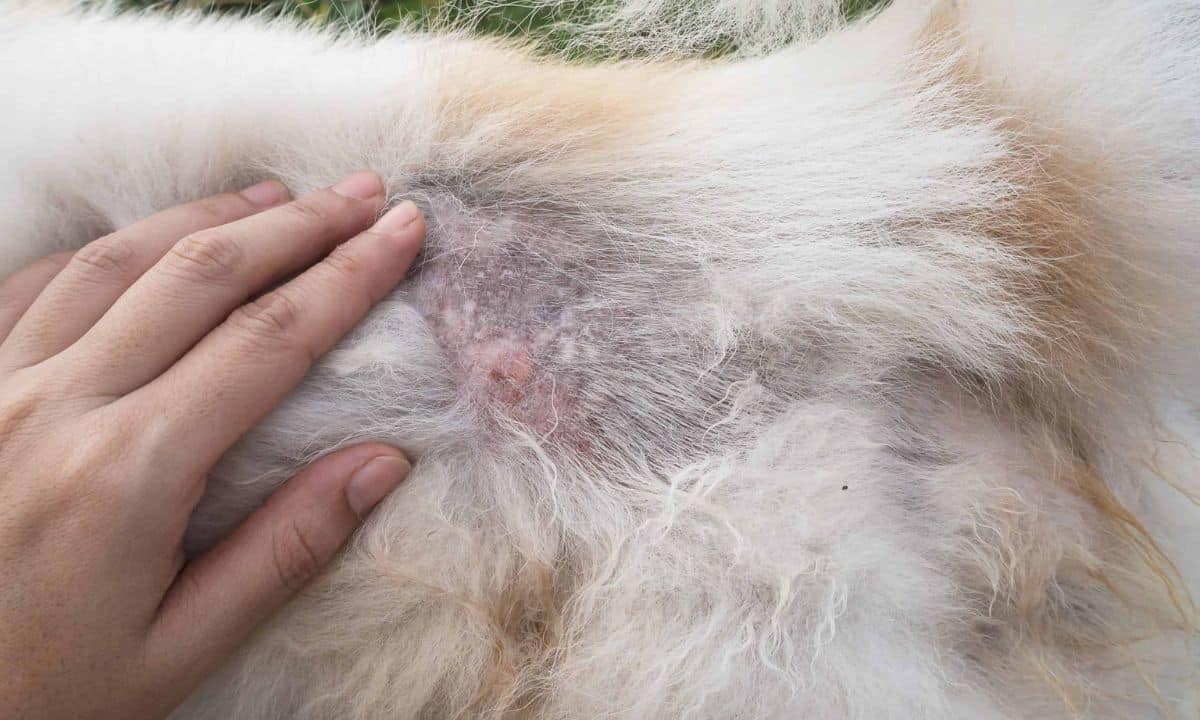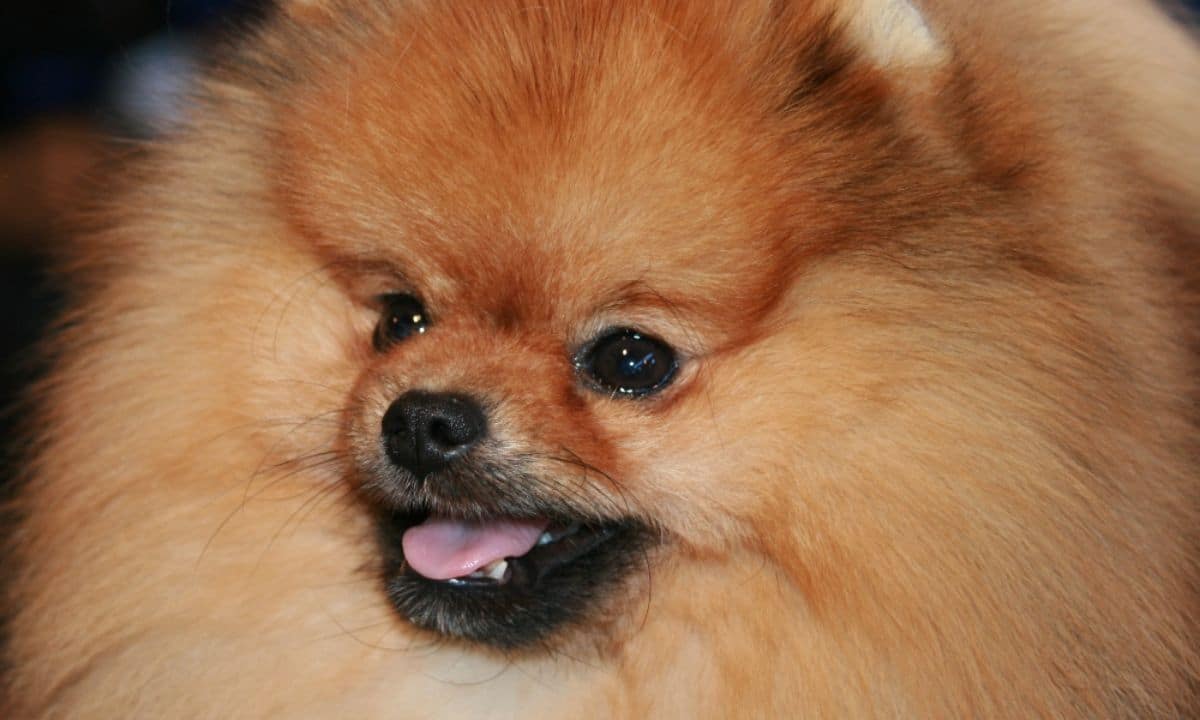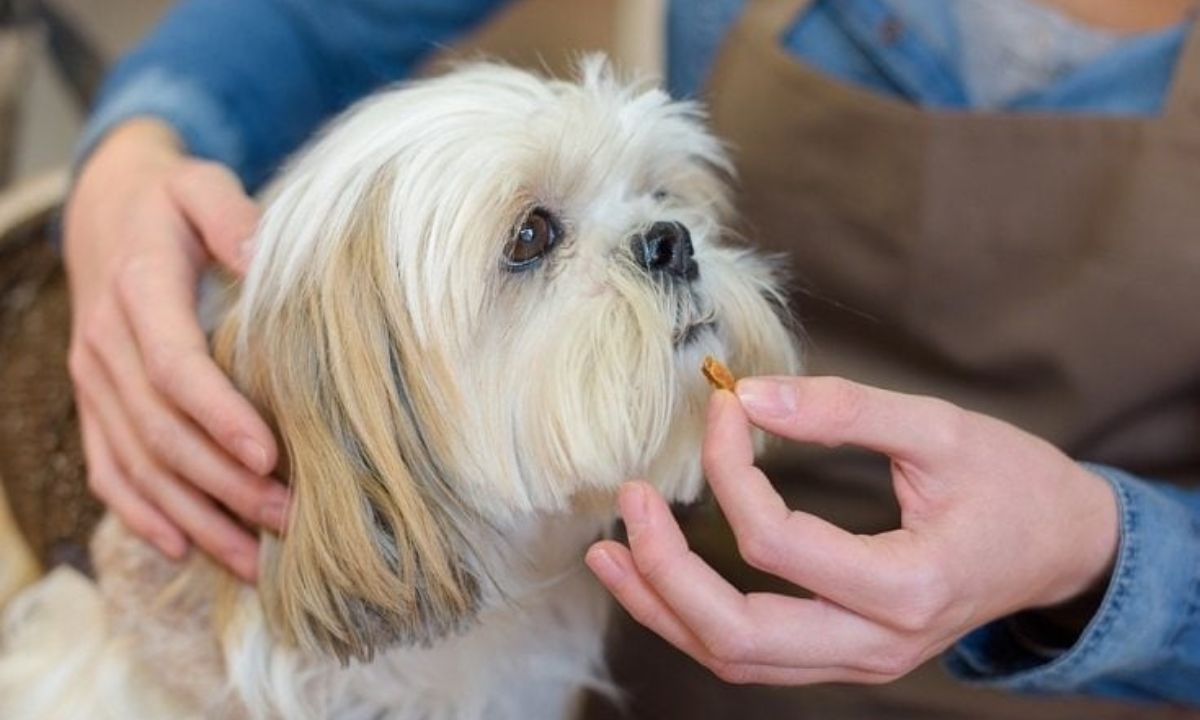In the complex world of canine physiology, the regrowth of hair after a scab is a subject that demands attention. Delving into the intricate factors that influence hair regrowth in dogs, this article aims to provide a comprehensive understanding of the process. Employing a scientific and specialized approach, we explore the timeline for hair regrowth, strategies to encourage faster growth, and tips for facilitating regrowth on scars. Join us on this journey as we unravel the secrets behind a dog’s hair regrowth after a scab.
Key Takeaways
- The duration for hair to grow back after a scab varies and can take 2 to 4 weeks for hair to start growing back.
- Full regrowth and blending with the rest of the coat may take months.
- Factors such as the size of the scab, its location, genetics, and metabolism can influence the timeline for hair regrowth.
- Regular grooming, a balanced diet, and proper wound care are important for facilitating hair regrowth after a scab.
Factors Influencing Hair Regrowth in Dogs
There are several key factors that can influence the rate and success of hair regrowth in dogs. One important factor is the underlying cause of hair loss. If the hair loss is due to a medical condition such as allergies or hormonal imbalances, treating the underlying cause is crucial for hair regrowth. Another factor is the overall health of the dog. Dogs that are in good health, with a balanced diet and regular exercise, are more likely to have healthy hair regrowth. Additionally, the age of the dog can also play a role. Younger dogs tend to have faster hair regrowth compared to older dogs. Lastly, the breed of the dog can influence hair regrowth as well. Some breeds naturally have slower hair regrowth rates compared to others. Understanding these factors can help dog owners better manage and promote hair regrowth in their furry companions.
Promoting Speedy Hair Regrowth After a Scab
To expedite the regrowth of hair after a scab has formed, it is important to implement effective grooming and skincare practices. Here are four key steps to promote speedy hair regrowth in dogs:
- Regular grooming: Brushing your dog’s coat regularly helps to stimulate blood circulation in the skin, promoting hair growth. Use a soft brush or comb to gently remove dead skin cells, debris, and tangles.
- Balanced diet: Providing a nutritious and balanced diet rich in essential vitamins, minerals, and proteins is crucial for healthy hair growth. Consult with a veterinarian to ensure your dog’s diet supports optimal skin and coat health.
- Proper wound care: If the scab is a result of an injury, it is important to keep the area clean and free from infection. Follow your veterinarian’s instructions for wound care, which may include cleaning the area with a mild antiseptic solution and applying a healing ointment.
- Stress reduction: Stress can hinder the regrowth of hair. Create a calm and peaceful environment for your dog, ensuring they receive adequate exercise, mental stimulation, and emotional support.
Understanding Scabs and Hair Growth in Dogs
Examining the factors that contribute to the formation of scabs and the subsequent growth of hair in dogs is essential for understanding the regenerative process of their skin and coat. Scabs are formed as a natural response to an injury or irritation on the skin surface. They act as a protective barrier, preventing further damage and allowing the underlying tissues to heal. The formation of scabs in dogs is influenced by various factors, including the severity of the injury, the dog’s immune response, and their overall health condition. Once the scab has formed, the hair growth process begins. The hair follicles surrounding the scab undergo a complex regenerative process, which involves the release of growth factors and stimulation of cell division. The duration for hair to grow back after a scab varies depending on factors such as the size of the scab, the location on the dog’s body, and the individual dog’s genetics and metabolism. It is important to provide proper wound care and nutrition to support the hair growth process and ensure a healthy coat.
Tips for Facilitating Hair Regrowth on Scars
Several effective methods can be employed to facilitate hair regrowth on scars. Here are four tips that can help in this process:
- Keep the scar clean and free from debris by gently washing it with a mild antiseptic solution. This will promote a healthy environment for hair follicles to grow.
- Massage the scarred area on a regular basis. This helps to increase blood circulation and stimulate hair follicles, promoting hair growth.
- Apply topical treatments that are specifically formulated to encourage hair regrowth, such as minoxidil or corticosteroids. These can be prescribed by a veterinarian and should be used as directed.
- Consider using laser therapy or platelet-rich plasma (PRP) treatments. These procedures can help to improve blood flow, stimulate cell growth, and promote hair regrowth on scars.
Timeline for Dog Hair Regrowth After Scab
During the process of dog hair regrowth after a scab, it is important to understand the timeline for the gradual return of hair in affected areas. The timeline for dog hair regrowth can vary depending on factors such as the size of the scab, the underlying cause of the scab, and the overall health of the dog. Generally, it takes about 2 to 4 weeks for the hair to start growing back after a scab has healed. However, it may take several months for the hair to fully regrow and blend in with the rest of the coat. It is important to note that individual differences and the specific circumstances of each case may affect the timeline for hair regrowth. Regular grooming, a balanced diet, and proper care can help facilitate the regrowth process and promote a healthy coat.
Strategies to Encourage Faster Hair Growth in Dogs
To promote faster hair growth in dogs, implementing proper grooming techniques is essential. Here are four strategies that can encourage faster hair growth in dogs:
- Regular brushing: Brushing your dog’s coat stimulates blood circulation to the hair follicles, promoting growth. It also helps distribute natural oils that nourish the hair.
- Balanced diet: Providing your dog with a balanced diet rich in essential nutrients, such as proteins, vitamins, and minerals, is crucial for healthy hair growth. Consult with a veterinarian to determine the best diet for your dog’s specific needs.
- Moisturizing shampoos: Using moisturizing shampoos and conditioners can help keep your dog’s hair and skin hydrated, preventing dryness and breakage.
- Regular exercise: Regular exercise improves blood circulation, which in turn promotes hair growth. Additionally, exercise helps reduce stress, which can contribute to hair loss in dogs.
FAQ’s
Can Scabs on Dogs Be Harmful if Left Untreated?
Untreated scabs on dogs can be harmful as they can lead to secondary infections, delayed healing, and potential complications. It is important to address and treat scabs promptly to ensure the well-being and health of the dog.
Are Certain Dog Breeds More Prone to Slow Hair Regrowth After Scabbing?
Certain dog breeds may experience slower hair regrowth after scabbing due to genetic factors or specific characteristics of their coat. It is important to consult with a veterinarian to determine the underlying cause and develop an appropriate treatment plan.
Can Excessive Licking or Scratching Slow Down the Process of Hair Regrowth?
Excessive licking or scratching can impede the process of hair regrowth in dogs. This behavior can cause further irritation and delay the healing of the scab, thus prolonging the time it takes for the hair to grow back.
Is There a Specific Diet That Can Promote Faster Hair Regrowth in Dogs?
A specific diet can promote faster hair regrowth in dogs. Nutrients such as protein, essential fatty acids, vitamins (A, E, and B-complex), and minerals (zinc and copper) play vital roles in promoting healthy hair growth.
Are There Any Topical Treatments or Medications That Can Aid in Hair Regrowth After Scabbing?
Topical treatments and medications can aid in hair regrowth after scabbing in dogs. These treatments, such as medicated shampoos, ointments, and sprays, can help promote healing, reduce inflammation, and stimulate the growth of new hair follicles.
Conclusion
In conclusion, the timeline for dog hair regrowth after a scab can vary depending on various factors such as the dog’s breed, overall health, and the severity of the injury. While some dogs may experience faster regrowth within a few weeks, others may take several months. By implementing strategies to promote faster hair growth and providing proper care, such as keeping the area clean and moisturized, owners can support the regrowth process and help their furry companions regain their healthy coat.










